Introduction
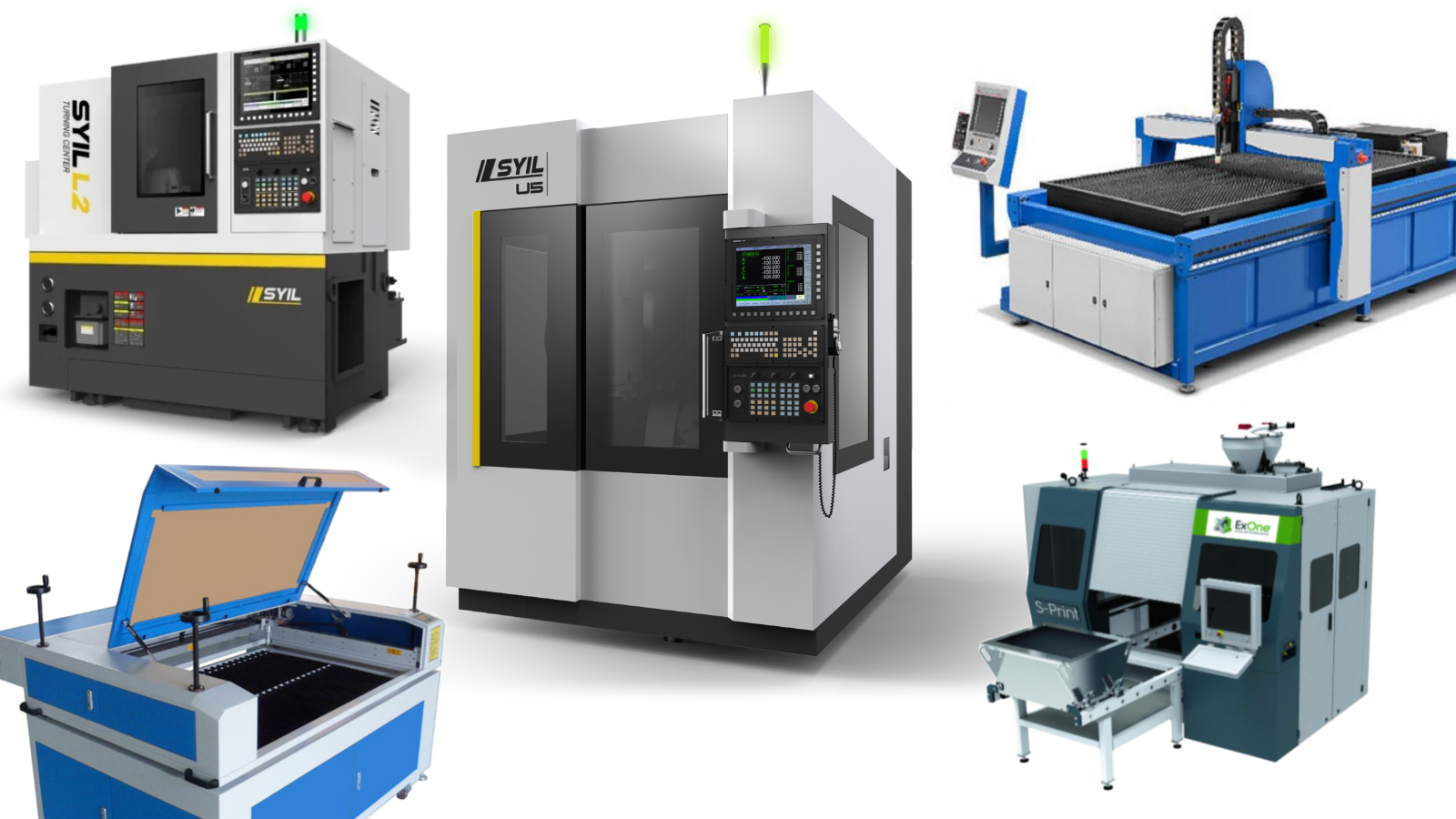
In the ever-evolving landscape of manufacturing, two titans stand at the forefront: CNC machining and 3D printing. While CNC machining has long been heralded as the traditional heavyweight, known for its precision and reliability, 3D printing emerges as a modern contender, offering innovative solutions that challenge conventional methods. The question looms large: Is CNC machining better than 3D printing? Or does the flexibility of 3D printing hold the upper hand in today’s fast-paced production environment?
CNC Machining: The Traditional Heavyweight
CNC machining has established itself as a cornerstone in manufacturing industries, particularly where precision is paramount. Utilizing computer-controlled tools to shape materials with extreme accuracy, it excels in producing complex geometries and tight tolerances that many industries demand. With its robust capabilities, CNC machining remains a go-to choice for high-volume production runs and intricate components.
3D Printing: The Modern Contender
Conversely, 3D printing has revolutionized how we think about manufacturing by enabling rapid prototyping and customization like never before. This technology builds objects layer by layer from digital models, allowing for intricate designs that would be impossible or prohibitively expensive with traditional methods like milling or turning. As businesses increasingly seek to innovate while reducing waste and lead times, many are asking if 3D printing is better than manufacturing.
Understanding the Debate: Which is Better?
The debate between CNC vs 3D printing is more than just a technical comparison; it’s about understanding their respective strengths and weaknesses across various applications. What is the difference between CNC and SLS (Selective Laser Sintering), for example? And when considering factors such as cost efficiency—especially in discussions around 3D printing vs CNC cost—it's essential to weigh long-term benefits against initial investments to determine which method truly meets your needs.
Precision Engineering
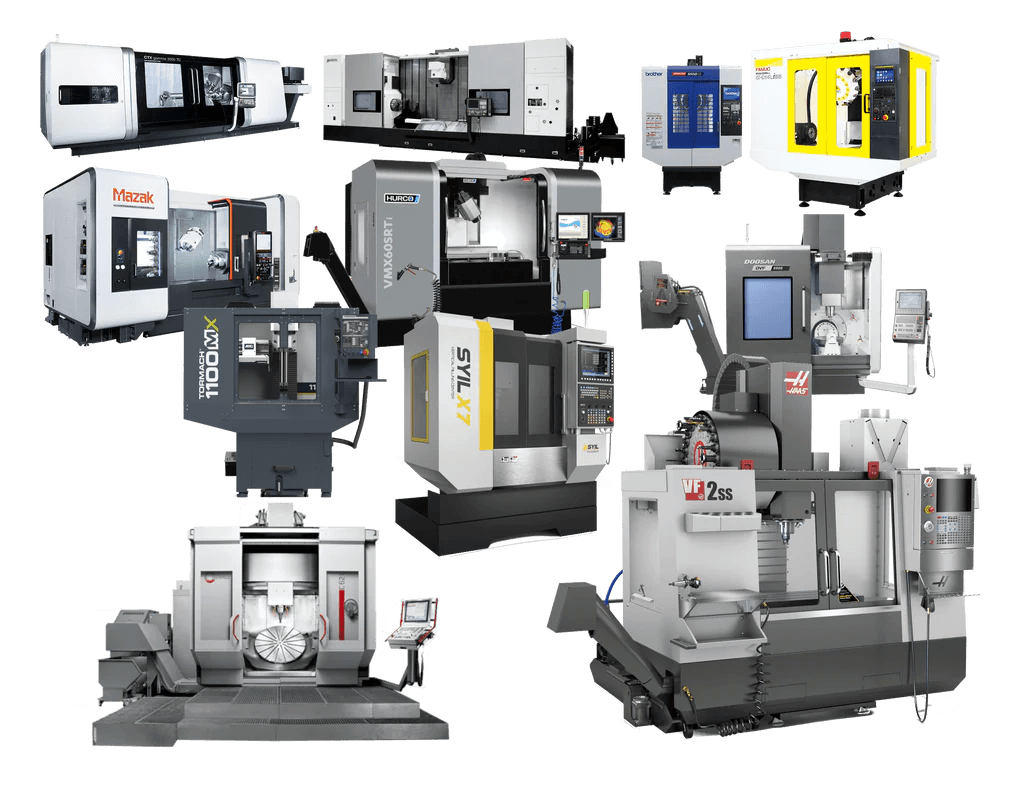
Precision engineering is the cornerstone of both CNC machining and 3D printing, each bringing unique strengths to the table. The debate on CNC machining vs 3D printing often hinges on how well each method achieves accuracy and detail in production. Understanding these nuances can help determine whether Is CNC machining better than 3D printing? or vice versa.
How CNC Machines Achieve High Tolerance
CNC machines are renowned for their ability to achieve high tolerance levels, often within a range of ±0.001 inches or better. This precision is made possible by computer-controlled movements that guide cutting tools with incredible accuracy, ensuring that every component meets strict specifications. In industries where precision is non-negotiable, such as aerospace and automotive, CNC machining stands out as a reliable choice.
3D Printing’s Layered Approach Explained
On the other hand, 3D printing employs a layered approach to build objects from the ground up, which can introduce variability in precision depending on factors like layer thickness and material properties. While modern advancements have significantly improved the accuracy of 3D printers, they generally do not match the tight tolerances achieved by CNC machines. However, this method offers flexibility in design not typically found in traditional manufacturing processes—leading some to ask, Is 3D printing better than manufacturing?
Comparing Precision in CNC vs 3D Printing
When comparing precision in CNC vs 3D printing, it becomes clear that both technologies have their strengths and weaknesses tailored for different applications. For instance, while CNC machining excels at producing intricate parts with minimal deviation from specified tolerances, 3D printing can create complex geometries that would be challenging to machine traditionally—especially relevant when considering applications like 3D printing vs milling in dentistry. Ultimately, the best choice depends on specific project requirements and desired outcomes.
Material Versatility
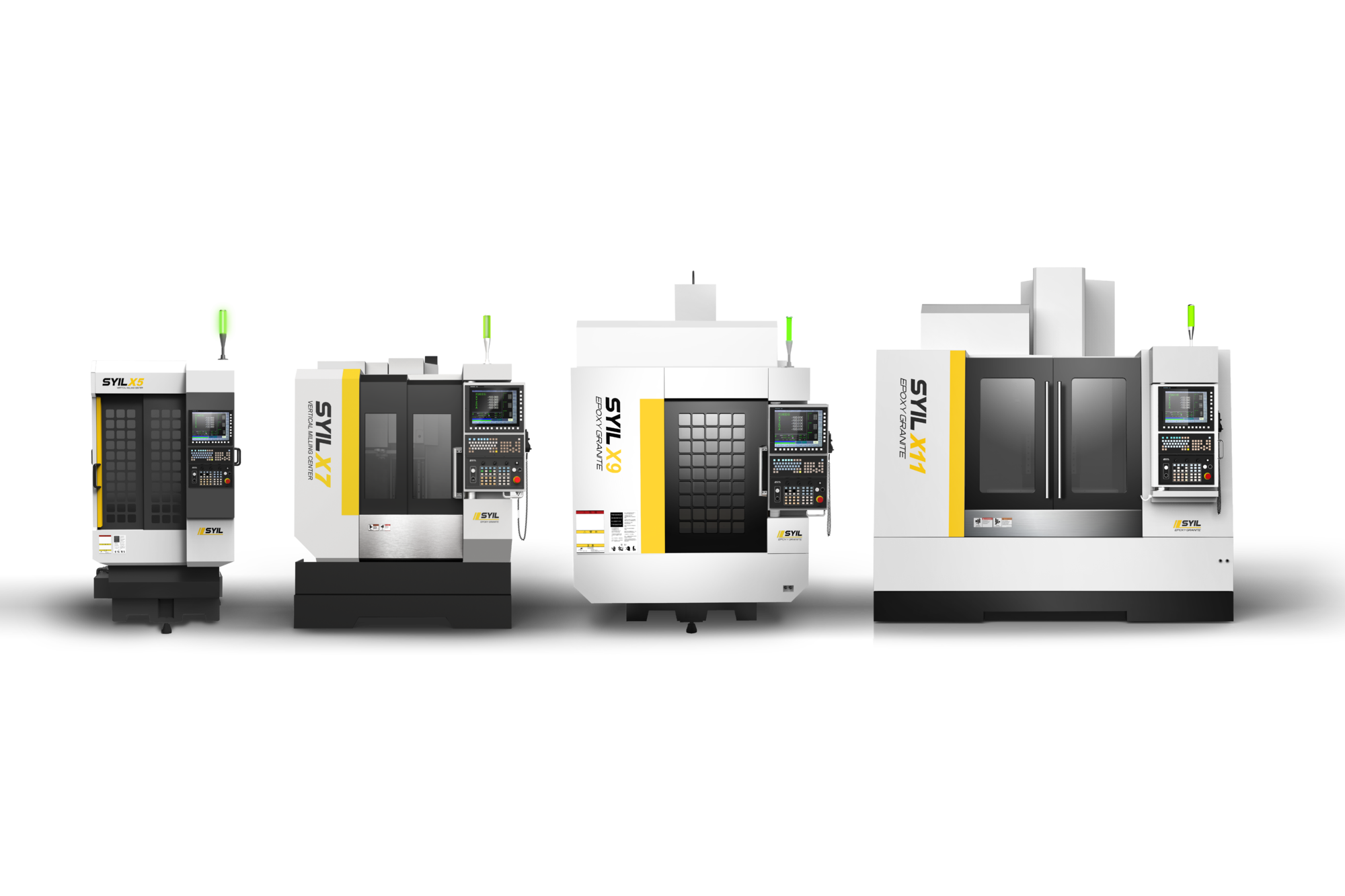
CNC Machining's Range of Materials
CNC machining boasts an impressive arsenal of materials, ranging from metals like aluminum and steel to plastics such as ABS and nylon. This method excels in creating parts that require durability and strength, making it a go-to choice for industries like aerospace and automotive. Is CNC machining better than 3D printing? It often depends on the material requirements; for high-stress applications, CNC's robust offerings might just take the cake.
Moreover, CNC machines can work with composite materials too, providing engineers with even more options for customization. The precision of CNC allows for intricate designs without compromising on material integrity—an essential factor when considering production quality in demanding sectors. Thus, while exploring CNC vs 3D printing in terms of material versatility, it's clear that traditional machining has a solid foundation built on diverse material capabilities.
3D Printing: Flexible and Innovative Options
On the flip side, 3D printing showcases remarkable flexibility with its ability to utilize a variety of innovative materials including thermoplastics, resins, metals through processes like SLS (Selective Laser Sintering), and even bio-materials for healthcare applications. This versatility allows designers to create complex geometries that would be nearly impossible or cost-prohibitive with traditional methods like milling or turning. Is 3D printing better than manufacturing? For rapid prototyping or low-volume production runs where design complexity is key, many would argue yes!
Additionally, advancements in technology have led to new materials being developed specifically for additive manufacturing—think flexible filaments or heat-resistant polymers tailored for specific applications. The ability to print customized parts on demand not only reduces waste but also opens doors for innovation across various sectors including dentistry—a prime example where 3D printing vs milling in dentistry has sparked significant debate regarding efficiency and precision.
Analyzing Material Choices in CNC vs 3D Printing
When analyzing material choices between CNC machining vs 3D printing, several factors come into play including application requirements, cost implications (like 3D printing vs CNC cost), and production volume considerations. While CNC offers superior strength with its wide range of conventional materials suited for heavy-duty applications, 3D printing shines when it comes to experimentation with new materials tailored for specific needs—often leading to lighter weight components without sacrificing performance.
Ultimately, choosing between these two giants boils down to project specifications; if you need high tolerance parts made from robust materials at scale—CNC might be your best bet! However, if you're looking at rapid prototyping or custom solutions where design flexibility is paramount—the innovative world of 3D printing could very well be your answer! As we explore further into their respective advantages throughout this debate over CNC vs 3D printing, understanding these material nuances will guide you toward making informed decisions tailored to your manufacturing needs.
Production Speed

Quick Turnaround Times with 3D Printing
One of the standout features of 3D printing is its ability to produce parts quickly, making it an attractive option for rapid prototyping and small-scale production runs. With no need for complex setups or tooling changes, 3D printers can churn out components in hours rather than days. This speed not only accelerates development timelines but also allows for quick iterations—perfect for industries where time-to-market is crucial.
CNC Machines and Their Speed Advantages
On the flip side, CNC machining boasts its own speed advantages that should not be overlooked. Once set up, CNC machines can operate continuously at high speeds, producing large quantities of parts efficiently without sacrificing quality. While initial setup may take longer compared to 3D printing, the overall throughput in high-volume production scenarios often tips the scales in favor of CNC machining.
Evaluating Production Speed in CNC vs 3D Printing
So which method reigns supreme when evaluating production speed? It really boils down to what you need: Is CNC machining better than 3D printing for high-volume runs? If you're looking at one-off prototypes or small batches, you might find that 3D printing offers quicker turnaround times; however, if your project requires precision and consistency over larger quantities, then CNC could have the edge. Ultimately, knowing your project's requirements will help you navigate through the intricacies of 3D printing vs milling in dentistry or any other sector.
Cost Efficiency
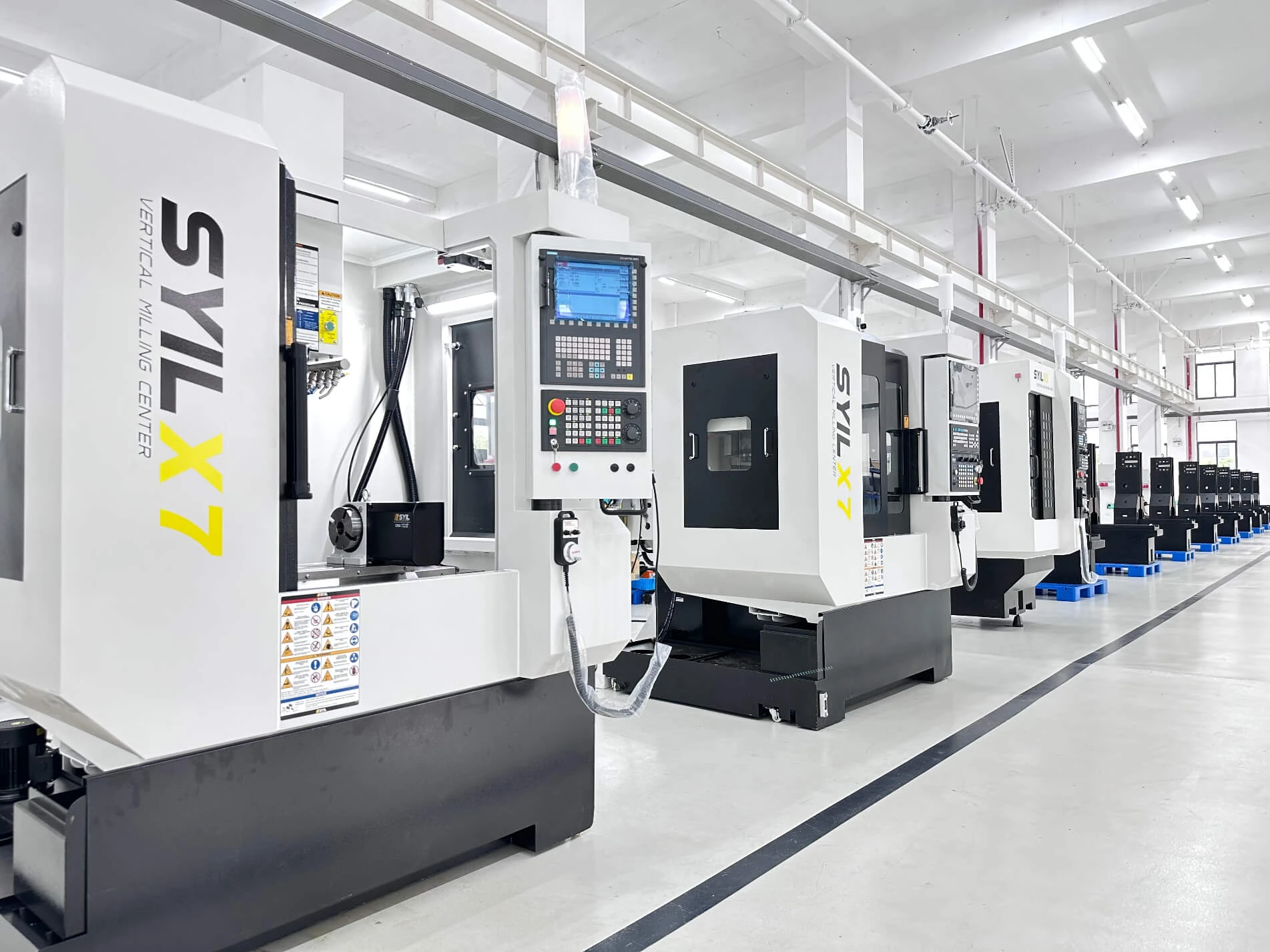
Initial Costs of CNC Machining vs 3D Printing
The initial costs for CNC machining can be quite hefty, primarily due to the expensive machinery and tooling required. On the flip side, 3D printing often has a lower entry barrier; you can start with a relatively affordable printer and gradually scale up as needed. However, potential buyers should consider not just the equipment price but also setup costs and training when comparing CNC machining vs 3D printing.
Long-Term Savings with 3D Printing
While CNC machines may require a larger upfront investment, many argue that 3D printing offers significant long-term savings that can't be overlooked. With reduced material waste and lower labor costs associated with automation in 3D printing processes, businesses often find themselves saving money over time. Additionally, in industries like dentistry where precision is key, exploring options like 3D printing vs milling can lead to more cost-effective solutions without sacrificing quality.
Understanding the 3D Printing vs CNC Cost Debate
The debate surrounding Is CNC machining better than 3D printing? often hinges on cost considerations among other factors. While some might argue that traditional methods provide superior quality at higher costs, others point out that innovative technologies like SLS (Selective Laser Sintering) in 3D printing allow for complex geometries at lower prices over time. Ultimately, analyzing the total cost of ownership—factoring in maintenance, material expenses, and production speed—can help clarify whether to lean toward CNC or embrace the future with 3D printing.
Applications and Industries

CNC Machining in Aerospace and Automotive
CNC machining has long been a staple in the aerospace and automotive industries due to its unparalleled precision and reliability. Components like turbine blades, engine parts, and chassis require high tolerances that only CNC machines can consistently deliver. In discussions about CNC machining vs 3D printing, it's clear that for critical applications where safety is paramount, CNC holds a significant edge.
The ability to work with a wide range of materials—from metals to plastics—further enhances CNC's appeal in these sectors. Manufacturers often choose this method for producing intricate parts that need to withstand extreme conditions without compromising on quality. As we explore the differences between manufacturing methods, it's evident that while 3D printing offers innovation, CNC machining remains the heavyweight champion in aerospace and automotive applications.
3D Printing in Healthcare and Dentistry
In contrast, 3D printing has emerged as a game-changer in healthcare and dentistry, revolutionizing how medical devices are produced. With its ability to create complex geometries quickly and cost-effectively, 3D printing allows for custom prosthetics, dental implants, and even bioprinted tissues tailored specifically for individual patients' needs. This flexibility makes many wonder: is 3D printing better than manufacturing for personalized healthcare solutions?
Moreover, innovations like SLS (Selective Laser Sintering) have expanded material options significantly within healthcare applications—allowing practitioners to utilize everything from polymers to bio-compatible materials seamlessly. The speed at which prototypes can be created means faster development cycles for new medical devices—a crucial factor when lives are at stake. In examining the landscape of healthcare solutions through the lens of 3D printing vs milling in dentistry specifically, one can see how additive manufacturing is reshaping traditional practices.
The Divide: 3D Printing vs Milling in Dentistry
The debate between 3D printing vs milling in dentistry highlights notable differences in capabilities suited for various dental applications. While milling techniques have been trusted for years to create crowns and bridges with high precision using solid blocks of material, advances in 3D printing technology have introduced new possibilities such as creating intricate models or even entire dentures from digital scans. This raises questions about efficiency: when comparing costs between methods—specifically looking at the aspect of **CNC vs 3D printing**—which option offers better long-term savings?
As dental practices increasingly adopt digital workflows, they must weigh factors such as turnaround time against quality assurance provided by traditional milling techniques versus innovative additive processes like SLA (Stereolithography) or SLS mentioned earlier. Ultimately, understanding what sets these technologies apart will guide practitioners toward making informed decisions based on their unique needs—a crucial step towards embracing modern manufacturing solutions effectively.
Conclusion
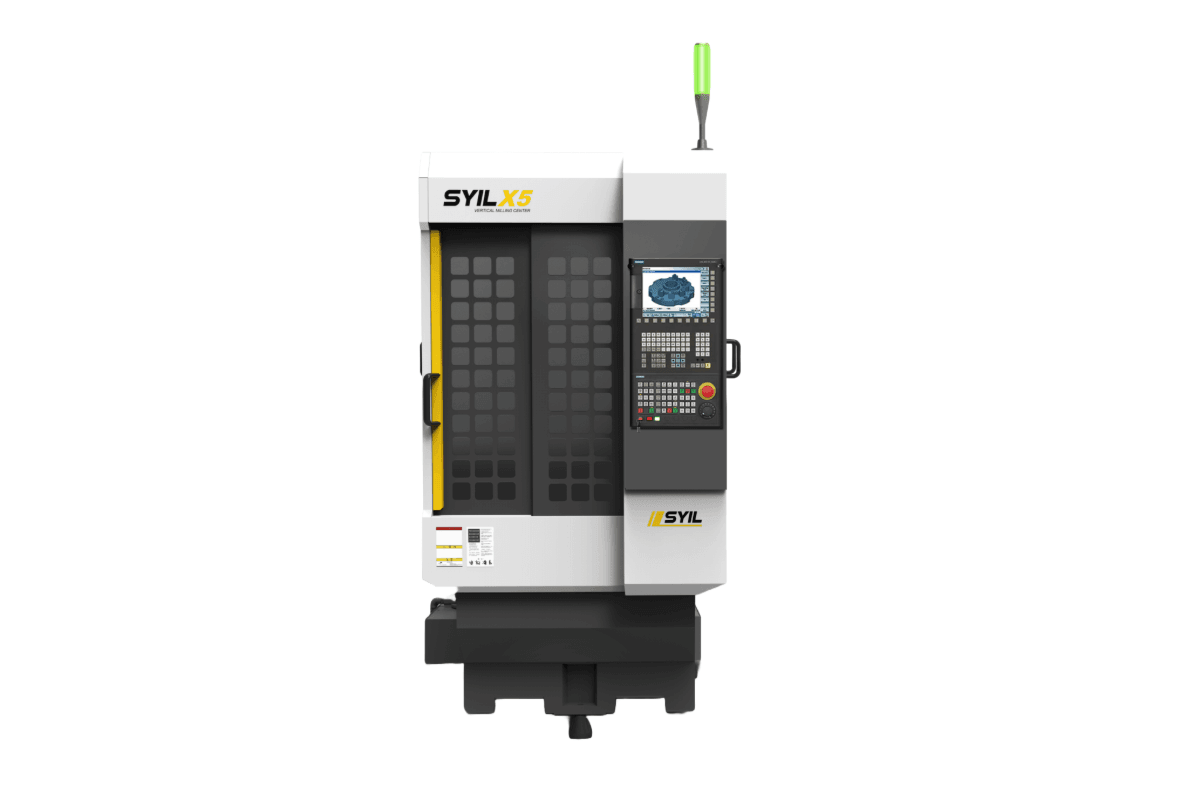
In the ongoing debate of CNC machining vs 3D printing, both technologies offer unique benefits and drawbacks that cater to different manufacturing needs. While CNC machining has long been the heavyweight champion in precision and material versatility, 3D printing has emerged as a formidable contender, especially with its rapid production capabilities and innovative materials. Ultimately, the choice between these two methods hinges on specific project requirements, budget constraints, and desired outcomes.
Final Thoughts on CNC and 3D Printing
When asking, Is CNC machining better than 3D printing? it’s essential to consider what you value most in your production process. CNC machines excel in high-tolerance applications where precision is paramount; however, they require significant upfront investment and longer lead times. On the other hand, 3D printing offers flexibility that traditional manufacturing methods can’t match—especially for prototyping or low-volume production runs—making it a compelling alternative in many scenarios.
Making the Right Choice for Your Needs
Determining whether Is 3D printing better than manufacturing? depends heavily on your specific needs and goals. If you're focused on rapid prototyping or custom designs with intricate geometries, then embracing 3D printing may be your best bet. Conversely, if mass production of high-precision components is your aim—as seen in industries like aerospace—you might lean towards CNC machining despite the higher initial costs associated with it.
Embracing Technology: The Future of Manufacturing
As we look toward the future of manufacturing, understanding What is the difference between CNC and SLS? becomes increasingly relevant as new technologies emerge alongside established methods. The evolution of both CNC vs 3D printing will likely continue to blur lines as advancements drive down costs and improve capabilities across both platforms—especially when considering applications like 3D printing vs milling in dentistry. Ultimately, embracing these technologies will not only enhance productivity but also redefine what’s possible within various industries.

